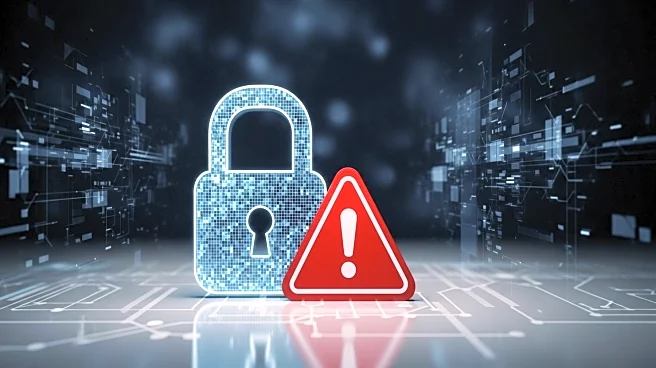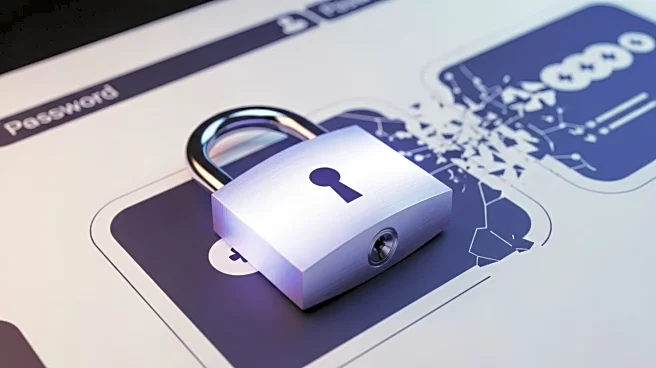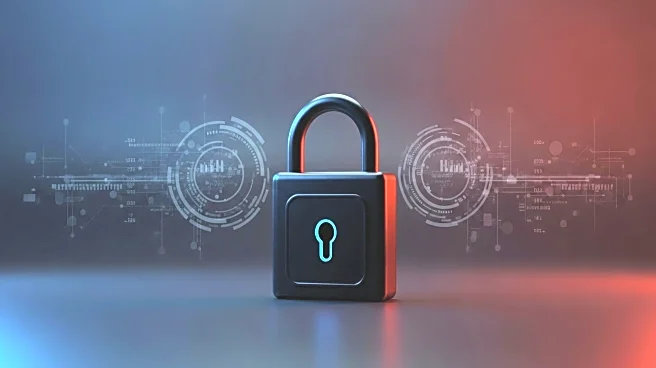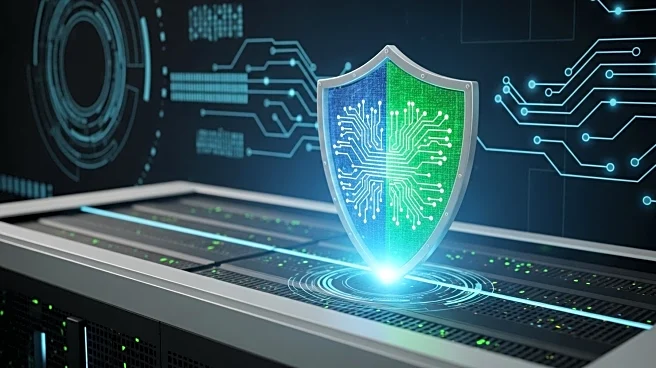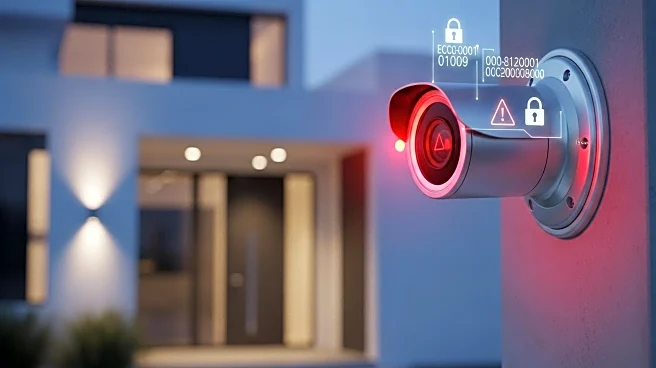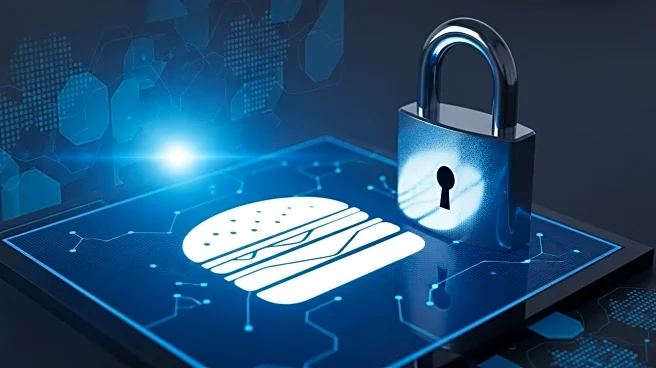What's Happening?
Security researchers from Akamai have identified a new threat involving the exploitation of exposed Docker APIs. The attackers are using these APIs to deploy malware and cryptocurrency miners, potentially laying the groundwork for a complex botnet. The attack begins with a request to the exposed API to list containers, followed by the creation of a new container using the Alpine Docker image. The attackers then mount the host root to the new container, allowing them to manipulate the host system and escape the container. A hidden encoded payload executes a shell script that sets up the Tor browser and fetches additional payloads over the Tor network. The attackers also modify the SSH configuration of the host system to gain elevated privileges and backdoor access. Tools for lateral movement, network packet capture, and traffic routing through Tor are installed, along with a binary dropper for an XMRig cryptocurrency miner. This miner is deployed without downloading external components, aiding in avoiding detection. Akamai notes that the attackers have also blocked external access to the Docker API's port 2375, suggesting a strategy to monopolize the compromised system.
Why It's Important?
The exploitation of Docker APIs poses significant risks to cybersecurity, particularly for organizations relying on containerized applications. By potentially creating a botnet, attackers could launch distributed denial-of-service (DDoS) attacks, steal sensitive data, and access restricted information. The use of AI in developing these attack tools indicates a sophisticated approach that could evolve to include more advanced capabilities. Organizations with exposed Docker APIs are at risk of having their systems hijacked for malicious purposes, including cryptocurrency mining, which can lead to increased operational costs and resource depletion. The ability to block other attackers from accessing the compromised system further complicates detection and mitigation efforts, highlighting the need for robust security measures and monitoring of container environments.
What's Next?
Organizations are advised to secure their Docker environments by closing exposed APIs and implementing strict access controls. Continuous monitoring for unusual activity and regular security audits can help detect and prevent such attacks. As the threat evolves, cybersecurity firms and affected organizations will need to collaborate on developing countermeasures and sharing threat intelligence. The potential for this attack to expand into a full-fledged botnet underscores the urgency for proactive defense strategies and the importance of staying informed about emerging threats in the cybersecurity landscape.



